1 year ago I created my first tattoo, impromptu, on the founder of the studio where I am based. The 15th of December is my tattooing birthday, and will be a time in which I reflect back on my progress over the past year, and attempt to understand my development as a tattooist and a researcher. Bez’s tattoo of a lightning bolt on his arm does not adhere to the criteria of a good tattoo from the standard of visuals, but instead functions as a tangible output of a part of my own biographical history, an indication of the status of the relationship between him/me, and an anchor point from which I can evaluate where I am today.
365 days after completing this tattoo, I am still in the very early stages of my tattooing career, and later stages of my apprenticeship. I have 2 appointments today; a very small tattoo of a heart shaped outline on a wrist, and a larger scale piece of a rabbit and some flowers on a thigh. The heart outline is for a client who was booked in via the studio Facebook messenger page, which is run by desk staff, and the rabbit is for a returning client who I have known for some time and tattooed on two occasions previously. In both cases, I am performing the role of the tattooist, in that I am utilising tattooing as a medium, however the nature of the role in each case differs.
The following text is an autoethnographic account of my experience tattooing a ‘minimum charge’ (small and simple) tattoo onto a client who is being tattooed for the first time. The journalistic account attempts to additionally offer insights into broader considerations and factors that are made conscious through tattooing practice. The interactions between client/practitioner, practitioner/peers, and practitioner as professional / practitioner as self are discussed. Suggestion is then made for the re-assessment of the criteria for the constitution of what makes for a ‘good tattooist’ with the inclusion of intangible skills reflected on within, to existing tangible criteria.
(Name changed for confidentiality purposes)
Rebecca had contacted me via Facebook when she advised from desk staff that I would be able to tattoo her for a lower rate than the resident artists. She had sent the studio a message inquiring about the cost and availability to get a tattoo of a very small heart-shaped outline on her wrist area. Tattoos of this nature are referred to as ‘minimum-charge’ tattoos, and are generally considered those in which the actual tattooing process will take up to around 15 minutes, such as a name/date, initial, or basic pictorial piece. These tattoos are generally not sought after by tattooists, and an inquiry from a desk-staff member may be met with resistance.
A minimum charge tattoo at Triplesix is £40, however Rebecca was advised that she could get the tattoo for the lower rate of £20 if she was willing to be tattooed by the studio apprentice (me), with the price reflective of practitioner experience. Rebecca had messaged me personally to arrange an appointment around her working schedule and asked to come in to the studio for 10am. Despite the small size of the tattoo, the set-up of the work-station is the same. All equipment is thoroughly disinfected and wrapped before and after use, and a toxic-waste bag is used for each client, irrespective of the size of the tattoo. In many cases, tattoos of this nature take less time to perform than setting up the work station does, which is partly the reason why many tattooists are resistant to them. I prepared the station in preparation for Rebecca’s arrival, and a sheet of printed heart images in different sizes to provide a variety for her to choose from.
I noticed who I assumed to be Rebecca waiting outside of the shop with her boyfriend having a cigarette at around 9:50 am. I assumed it to be Rebecca due to the direction of the eye gaze and picked up on a sense of nervousness from her actions and from my experience of observing others outside the shop displaying similar characteristics. Rebecca had turned 18 in the early days of December, and this was to be her first tattoo. When she entered the studio she approached the desk and was given a consent form, providing ID which was photocopied, and asked to take a seat. As I was aware of her nerves, I made an effort to appear as welcoming and approachable as possible to attempt to put her at ease.
I approached the seats in which her and her partner where seated, introduced myself, smiled, and wished her a belated happy birthday. I brought the sheet of various sized hearts over to her to have a look at and asked her to pick a size that best matched her intentions. During this time, I noticed how my behaviour and tone shifted in order to accommodate for her apparent discomfort, in a way that felt natural due to familiarity of tattooing others displaying similar characteristics. I reflected on how these characteristics where in keeping with my role as a tattooist, and how such conduct tends to be more necessary when dealing with tattoos that may be considered to adopt a craft approach and to be tattooed on what has been termed a ‘person with tattoos’ rather than a ‘tattooed person’ , that is, a person who may have a tattoo but not necessarily be considered part of the ‘tattooed community’. Rebecca had selected her chosen size design, and then told to relax while I created a stencil for her tattoo, and that I would let her know when it’s ready. I offered her a drink of water while she waited and assured her that the set-up would probably take longer than the actual tattooing procedure, in an effort to make her feel less nervous and more at ease.
After running the design through the stencil machine, I invited Rebecca and her partner over to the booth. I brought a chair from the waiting area for her partner to sit on, and after inviting her to remove her jacket, I asked Rebecca to indicate where on the wrist she wanted the tattoo. She indicated that she wanted the design to be slightly right-aligned on her right wrist, and I asked her to assume a natural posture for the stencil application process to make for a representative indication of how the tattoo would appear in lived context. I noted the tension in Rebecca’s posture initially, which can be common when placing stencils on even the most experienced patrons or ‘tattooed person(s)’.
Amidst the noticeable tension I became aware of the surroundings that are every day and normative to me and my colleagues but may be intimidating to those unfamiliar with the tattoo studio environment. The distinct smell of antiseptic ‘Dettol’ used to mop the floors on a daily basis, the equipment within the station such as a tattoo bed (massage bed), arm rest, or trolley, all of which are wrapped in cling film, with a box of latex gloves nearby to be worn when touching the skin. The array of ink bottles in the ink wells, and the distinctive tattooing stool, machine, and equipment – such as individual sheets of kitchen roll, baby wipes, ink caps, petroleum jelly, and needles. This assemblage of tattoo culture is what I recall romanticising in youth for its novelty and distinctiveness, which led my enthusiasm and interest in the medium. I considered how although the collective experience of being in a tattoo studio may seem welcoming to myself, to an outsider it may be particularly intimidating, with the classical associations of pain elicited from the presence of needles and sounds of buzzing tattoo machinery. In light of such considerations – I noted how to perform my role optimally for clients of a similar nature requires skills in compassion and empathy, as much as skill in inserting pigment into the skin.
Once the stencil was applied, I asked Rebecca to take a seat on the wrapped tattoo bed while it dried. I informed her I was going to select the appropriate needles for the tattoo based on her size selection, invited her to have another cigarette if she required it, and offered her another glass of water. I encouraged her to take a seat when she was ready, and to relax – assuring her that the expectation of pain is generally reported to exceed the actual pain felt for most first-time tattoo patrons. After around 10 minutes I placed Rebeccas arm on an arm rest, adjusted the bed to an appropriate height, and informed Rebecca that I was going to begin the procedure by going over the stencil initially, before wiping away any excess ink with a baby wipe and evaluating if any areas required an additional pass. I felt it was important to indicate my intentions to Rebecca, to eliminate any potential concerns that may occur due her unfamiliarity with the process. This can be compared to good dental or medical practice, where the practitioner outlines the procedural conduct.
After ensuring Rebecca was ready and informing her that if she wanted a break at any point to let me know, I created the first line of the tattoo. As the needle left the skin for the first time, I looked up towards Rebecca and asked, “how is it?” – to which she responded, “not anywhere near as bad as I was expecting” with a tone of relief made apparent through the laughter within the vocalisation that can be assumed to be a relief on tension. As I continued the tattooing procedure, I made an effort to maintain ‘small-talk’ asking Rebecca what her plans where for the rest of the day, what she studies, and what her and her partner have planned for the Christmas period. I considered the importance of ‘small-talk’ as not only a method on maintaining comfort of a client, but in creating a relationship that may potentially be maintained in the future if the client considers another tattoo.
After the initial outline, the excess ink was wiped away revealing the tattooed design. I noticed areas in which I had not inserted pigment sufficiently, which I put down to both my junior status and my desire to avoid inflicting pain (for more accomplished tattooists, a tattoo of such a nature does not require a second pass). I informed Rebecca that I would now go over the areas that required another pass and assured her that it wouldn’t take much longer for the procedure to be completed. I also informed her that she was sitting very well, in an effort to maintain enthusiasm and distract from any pain. After around 2 – 3 minutes, the tattoo was complete. I wiped away the excess ink, and asked Rebecca if she wanted to take a look at it the mirror before I wrapped it up in cling film for protection.
As Rebecca walked toward the mirror, I paid attention to her expression in order to gauge if she was satisfied with the outcome. She smiled as she looked at her wrist in the mirror, rotating it to view it from various angles, before returning to the booth and declaring she was happy with the outcome and that she thinks it looks ‘cute’. The satisfaction demonstrated by her shift in demeanour may be induced from both the acquisition of a new tattoo, as well as having overcome a fear successfully. I responded that I was very pleased she was happy with it, and then placed a protective layer of petroleum jelly over the piece and wrapping it with cling-film, secured by micro-pore tape. I then discussed aftercare procedures and gave her a printed sheet which explained what I had vocalised, informed her to call back into the studio should she have any question or concerns, and thanked her for allowing me to participate in her first tattoo. She paid me £20, thanked me, and left the studio with her partner.
As I went to clean the booth where I was working, another tattooist informed me that it would be more time efficient to not wrap all aspects of the working area for tattoos of such a small nature (I had wrapped the full bed but was only required to wrap the arm rest). While removing all the cling film wrappings and disinfecting my equipment for the next tattoo of the day, I considered how tattoos of such a nature (often referred to as minimum-charge tattoos) require skills from the practitioner that are external to tattooing and also may outweigh the gravity of difficulty of the tattooing procedure. In addition to my technical skills needing to adapt to each brief from a practical standpoint, my conduct must also be malleable in order to effectively perform my role.
As a generally introverted and self-aware 29-year-old heterosexual male based in the post-industrial town of Sunderland, tattooing an 18 year old female who I have never met and is getting her first tattoo in the knowledge that I am an apprentice carries a certain gravity. In addition to executing the tattoo, I am also required to bypass my social anxiety; address the client in an appropriate manner so as not to patronise her due to the age gap while simultaneously ensuring her comfort. I must touch her for a prolonged period of time in a manner typically reserved for traditional forms of intimacy, being careful not to make the client feel uncomfortable, and explaining the necessity of my conduct. I also have to contend to the pressure and responsibility that I assume in taking on a tattoo in which any mistake is visually apparent, for a client new to tattooing, and as a junior practitioner. I must additionally feel ethically justified in offering the tattoo at a lower rate than that of a senior tattooist to a client to whom budget may be a greater consideration, due to age and access to income.
Factors of such a nature are not representative of tattooing practice in general, but certainly are true of many minimum-charge tattoos conducted on people with fewer tattoos. The tattoo on Rebecca parallels similar context-appropriate considerations to that on a 65-year-old pensioner, getting the initials of their deceased spouse. Though seemingly simple from a design perspective, such tattoos demand a skillset from the practitioner that is distinct from tattooing practice in isolation. These intangible skills are to be cultivated as part of the occupational requirements of a tattooist. To acknowledge importance to the role thus requires us to re-asses the criteria of what we mean when we talk about what constitutes a ‘good tattooist’ more broadly. Tattooing is a contingent and inherently collaborative medium; the practitioner must therefore be malleable to the multifaceted conditions of the brief.
Adam McDade
Apprentice Tattooist at Triplesix Studios
PhD Research Student at The University of Sunderland
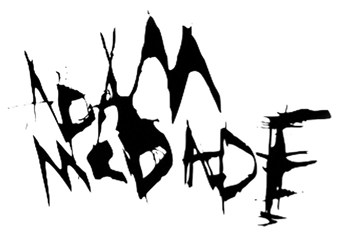
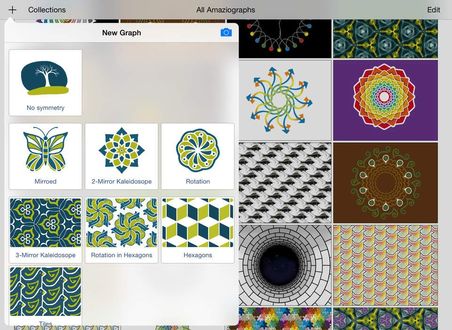
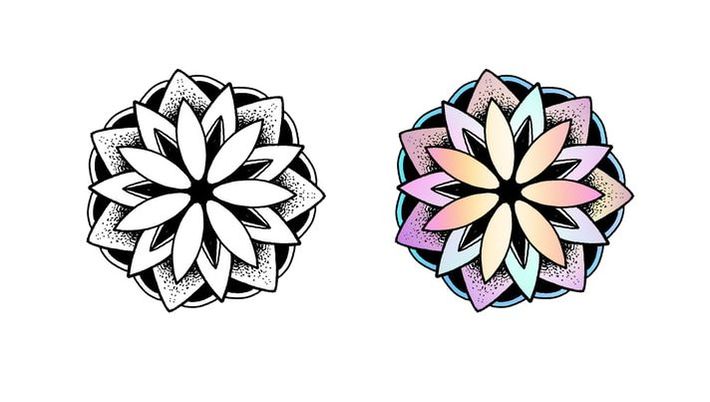
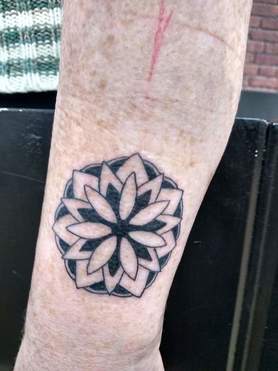
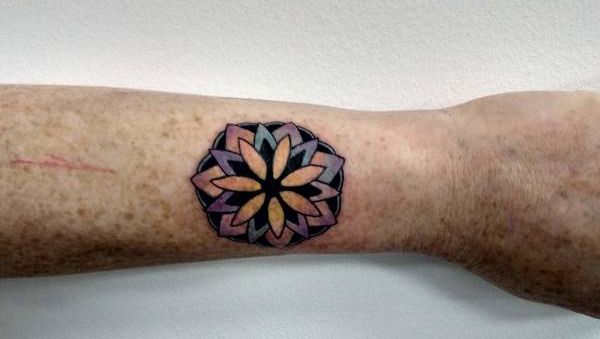
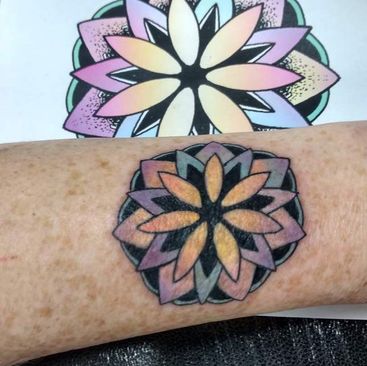
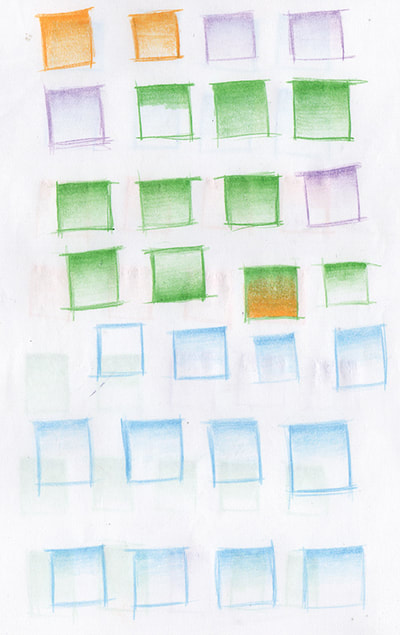
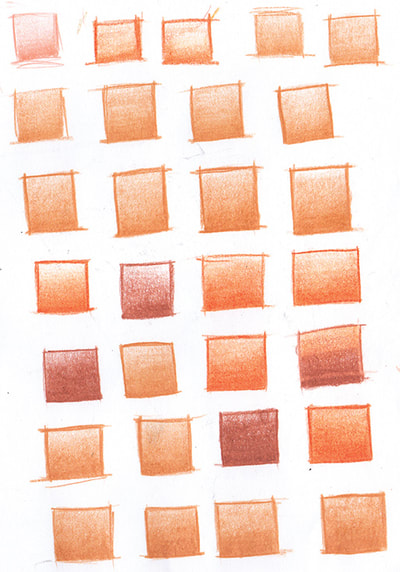
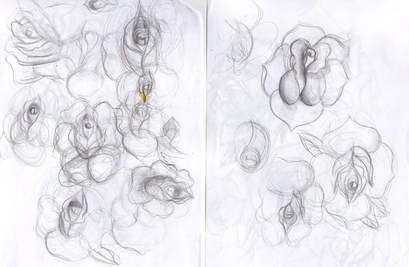
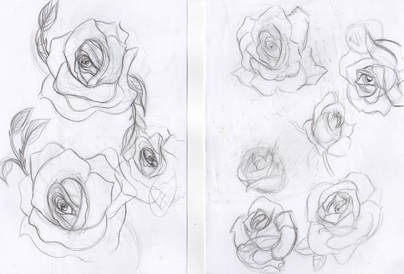
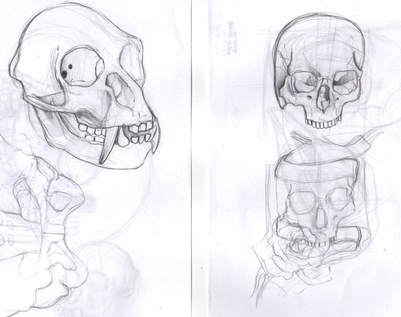
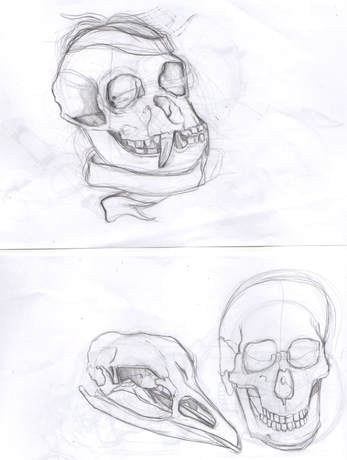
 RSS Feed
RSS Feed
